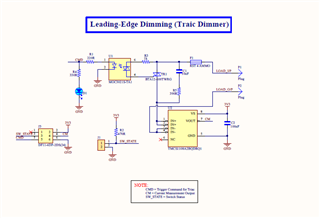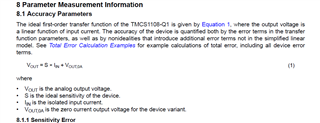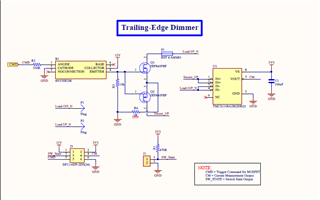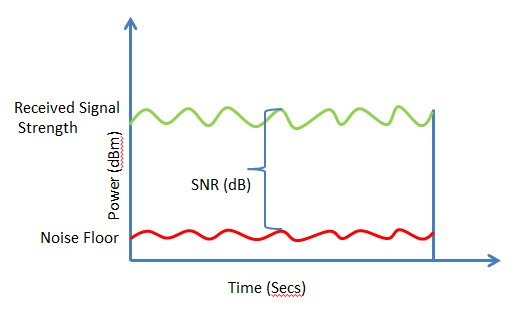Hello E2E Experts,
Good day.
I am using TMCS1108-Q1 current sensor IC. According to the datasheet the Vout equation I can't get proper output voltage at the Vout pin.

In this condition when my led strip, which I have connected to p1 and P2, the Vout=0.28v, and in the off condition I get 0.333V.
Please give me a one-solved example of how to calculate the Vout from the given equation.

Regards,
CSC




